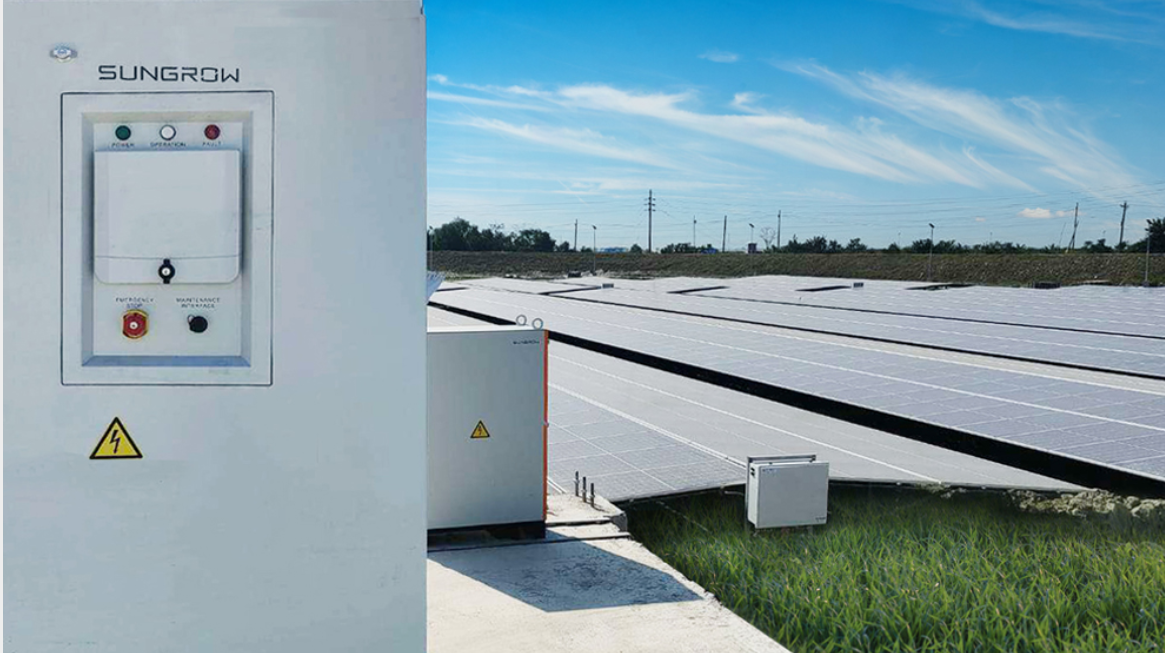Bangladesh should aim for renewables to make up 40% of its total power generation capacity by 2041, says a new report by the Institute for Energy Economics and Financial Analysis (IEEFA), which charts a path for the country to transition its electricity sector away from dependence on expensive imported fossil fuels and ease its growing subsidy burden.
The report estimates the nation would require an annual investment of $1.53 billion to $1.71 billion from 2024 through to 2041 to build a 40% renewable energy capacity of the base case electricity demand of 61,866 MW in 2041. It adds this investment requirement is less than the power sector’s fiscal year (FY) 2021-22 subsidy burden.
“Bangladesh’s electricity generation model appears unsustainable without a clear transition pathway. Therefore, policymakers should raise their renewable energy targets and reflect the same in the upcoming Integrated Energy and Power Master Plan (IEPMP),” says the report’s author Shafiqul Alam, Energy Finance Analyst, IEEFA.
“The government should also translate the renewable energy policy target into a year-wise action plan backed by a monitoring mechanism to track progress,” he adds.
The report finds that high prices of fossil fuels and resultant increased power generation costs have led to a surge in the subsidy required by the country’s power sector. For FY2021-22, the subsidy reached Bangladeshi Taka (Tk) 297 billion ($2.82 billion), nearly 152% higher than FY2020-21 and a whopping 301% higher than FY2019-20.
“Rising subsidies eventually compel the government to pass the rising cost on to the consumers. This results in a spectre of price hikes for electricity and different fuels in quick succession. Despite these price hikes, the subsidy burden of the power sector in FY2022-23 could still be higher than the previous year,” says Alam.
The report finds that accelerating the transition of the electricity sector to renewable energy can free up financial resources and enhance the country’s energy security.
“Our analysis shows that the existing power system can immediately incorporate 1.7 GW to 3.4 GW of solar during the day and, subject to the feasibility of location and availability of sufficient wind speed, 2.5 GW to 4 GW of wind power at night to reduce the use of costly furnace oil-based power generation,” says Alam.
Such a move will also help reduce the average electricity generation cost. According to the report, the levelized cost of electricity (LCOE) from the rooftop and utility-scale solar is around Tk 5.25 ($0.05)/kWh and Tk 7.6 ($0.072)/kWh, respectively.
On the other hand, the average electricity generation cost of the Bangladesh Power Development Board (BPDB) was Tk 8.84 ($0.084)/kWh during FY 2021-22. It will likely cross double digits in Tk during FY2022-23.
The report calls on the government to ring in policy changes to promote the adoption of renewable energy. For example, the report suggests the government lift the current cap on rooftop solar installation capacity by up to 70% of the sanctioned load of industrial and commercial buildings.
Similarly, it recommends waiving applicable duties on fiber-reinforced polymer (FRP) walkways, imported inverters, mounting structures, and direct current (DC) cable, ranging from 15.25% to 58.6%, for rooftop solar projects.
“Such moves will send the right market signals about the government’s vision for the electricity sector’s transition,” says Alam.
Finally, the report says Bangladesh needs to have a map of funding channels, including local resources and international sources. For this, Bangladesh can draw on lessons from Indonesia and Vietnam’s Just Energy Transition plans to fund its electricity sector transition. From India’s experience, the report finds that risk mitigation measures, such as risk guarantee funds, will shield the project developers. Furthermore, competitive renewable energy procurement through auctions will help reduce renewable energy tariffs and help Bangladesh contain the rising electricity generation cost.
This content is protected by copyright and may not be reused. If you want to cooperate with us and would like to reuse some of our content, please contact: editors@pv-magazine.com.









All that BanglaDesh has to do is make THE POLLUTERS (Producers & Consumers of Energy PAY their FAIR & JUST SHARE for The Societal of Pollution caused by their Energy Products & Sercices TODAY..
BanglaDeah has ALREADY AGREED /RATIFIED THE 1992 UN Rio Agreement (Princioke #16) that THE POLLUTERS MUST PAY (PMP) for thecDamage and Societal Costs of Pollurion caused by them.
A Global, Uniform, Fair & Just PMP Levy of $0.28/KWh on the 130 Trillion KWh/yr of Global Energy Use TODAY.. can Offset the $36.5 Trillion/yr of the Global Societal Cost of Pollution .. TODAY..
The above PMP Levy, in BanglaDesh, will Unleash $142 Billion/yr from the 510 Billion KWh/yr of Energy used.. TODAY..(170Million People using 3,000KWh / person/yr).
By 2050 BanglaDesh will require a 500GW Pollution Free Solar Energy using PV Panels andcalso convertvALL it’s Energy Sevtors from using Polluting Energy to Pollution Free Solar Electricity.
The above PMP Levy can FINANCE & Usher in a ZERO POLLUTION BANGLADESH WITHIN A DOZEN YEARS FROM THE $1.5 Trillion Levied/Collected.. FINANCED 100% BY THE POLLUTERS ONLY.. IN BANGLADESH …!!!